Lewis Land and Stock is part of the closed loop of regenerative farming that contributes to The Honest Potato brand. We spent the day filming amongst livestock and an impressive solar installation in southern Ontario to tell their story.
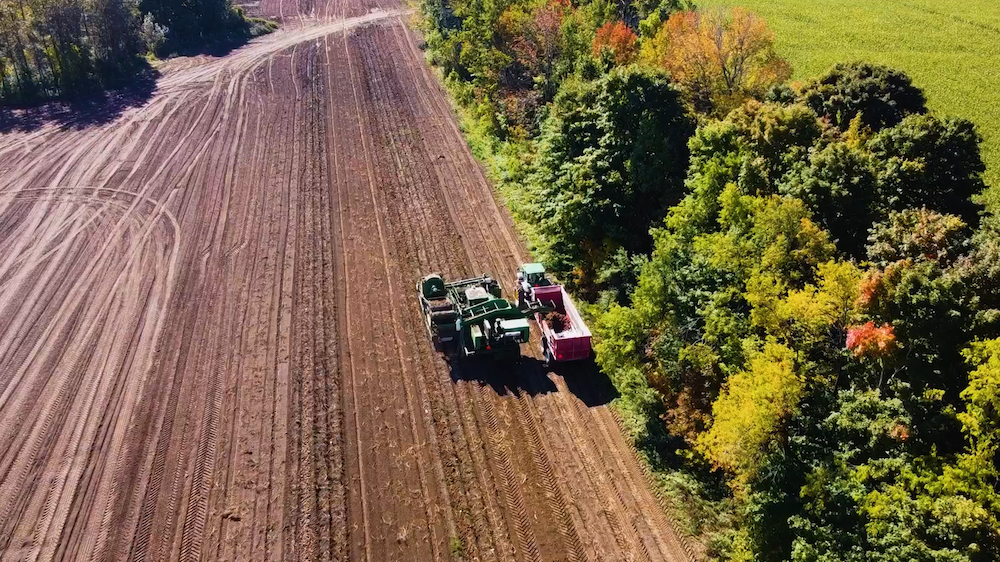
Harvesting Potatoes in Dufferin County.
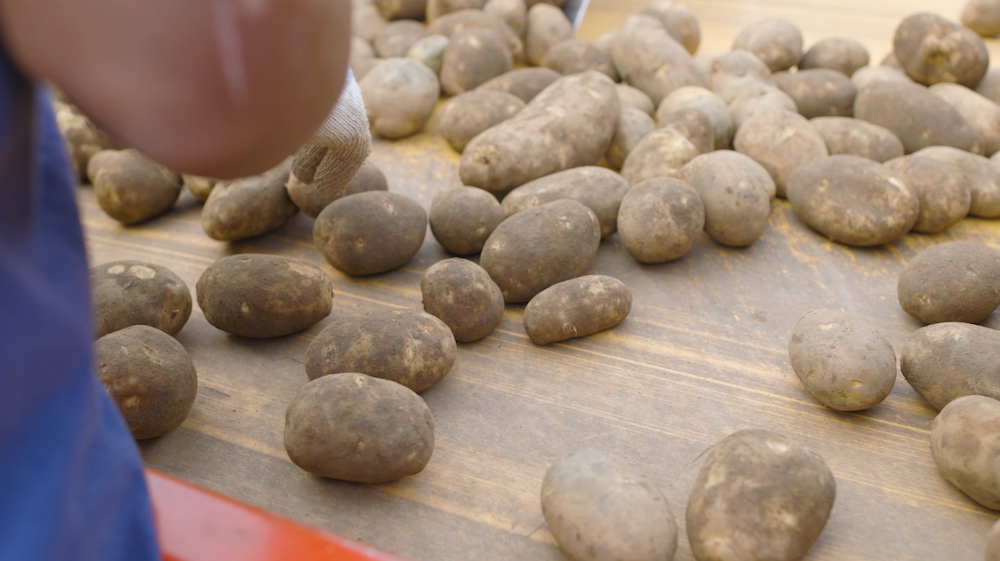
Sorting on location in the field.
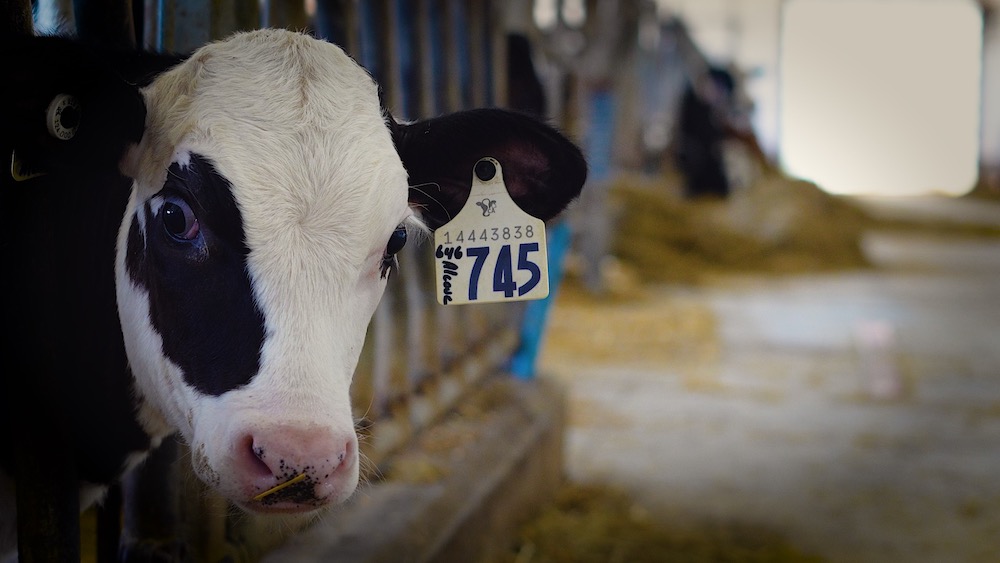
Lewis’ live stock are an integral part of the regenerative growing process.
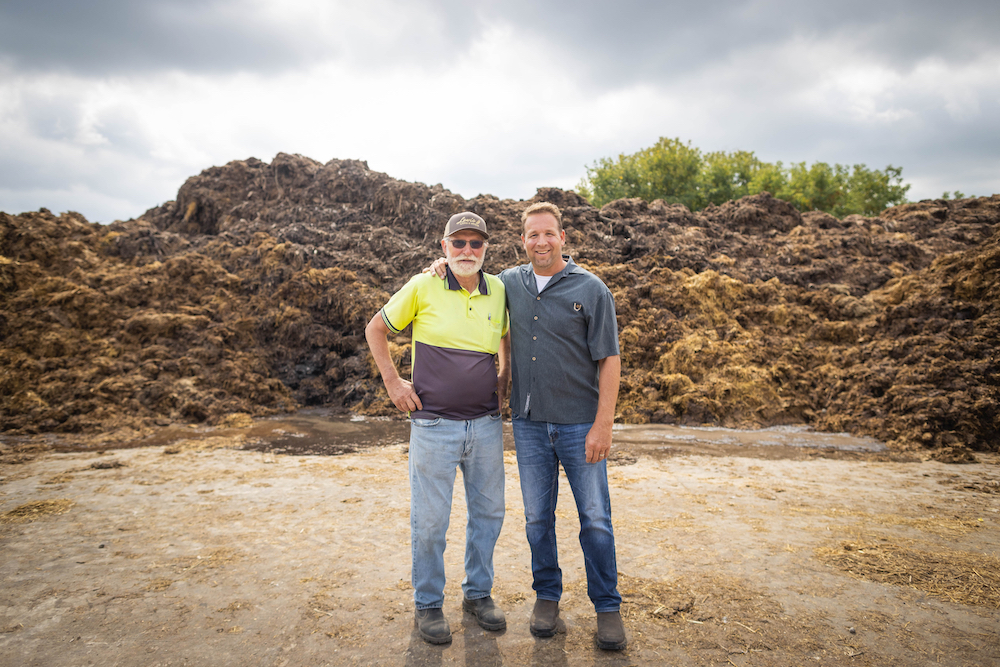
Don Lewis and Trevor Downey against an impressive backdrop of manure!
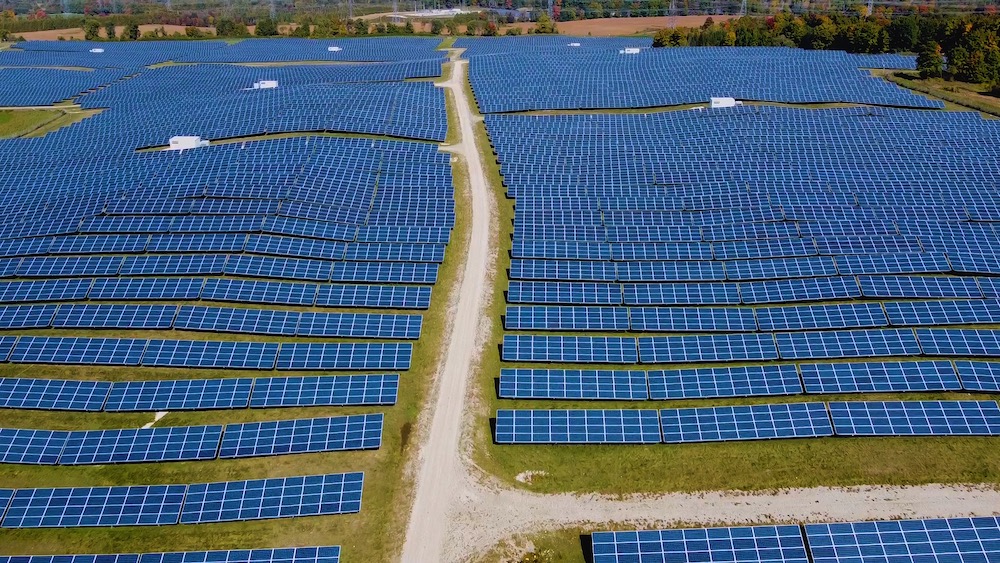
Sheep graze below Lewis Land and Stock’s impressive solar installation.
To learn more about the work we do in the agricultural sector click here.
Email sales@theartofstorytelling.com call 519-938-0776 or schedule a meeting to learn how we can help you define and deliver your content goals.
Full video transcript:
We started looking at potatoes a bit different the last two or three years. You’ve got a symbiotic relationship between the animal and the plant and the earth, and us humans, and we make a living out of that circle. They’re all interlinked. One feeds off the other. We think that we got a good potato here that is taking less inputs than most, and we can back up our product. We always had the idea that we got pretty good soil and we’ve got enough manure from our animals that we can have a good relationship with the two of them It’s taken millions of years to build a topsoil structure in this country. We just have to try and maintain it. To do that, you have to replenish some of the organic matter, and there’s nothing better than good old fashioned cow manure or sheep manure. The lambs produce a lot of manure. We use straw, we use dry manure. We break down the straw and pellets from the sheep. So it does a good job on the potatoes and you pretty well grow most of your nutrients from the single application of manure. There’s a way more here than we use on a potato crop, so it gets on the other crops as well. We have a solar farm that we had a joint venture with and we turned it into a sheep pasture. The sheep here in the wintertime produce manure in their storage, and then that manure from the solar sheep operation goes on the potato farm because sheep manure and potatoes go well together. We grow grass, feed the cows, produce milk, and the manure, byproduct goes on for producing potatoes. It is a liquid manure operation on a sand bedding. Sand absorbs the nutrients, and it’s applied back on the soil. The actual manual labor is somewhat less. We’ve got a little heavier soils. It takes us less nutrients and less water to grow an acre of potatoes. We don’t irrigate. You need to maintain that organic structure because that holds water. It’s like a sponge and you’ve got to keep that sponge open and then the plant takes it back. You need to have good soil structure so the roots can get down there. And that all comes through proper tillage and manure handling. We grow a crop rotation, so one year in four years we grow potatoes. So the other three years we grow other crops: wheat, soybeans, corn, or we do a rye, canola, oats, or we grow alfalfa. With our potato crops, we find it really works well to grow one in four because of disease factor too. So we lessen disease risk, we improve soil structure, and the honest potato comes from that place. My way of telling that I got biodiversity and good insect structure, is you take your shoes off and walk on it. You can feel good soil and you see wormholes and with no till and minimum till and lots of manure application in there and a rotation in your crops, you see that. This is a pretty good potato here.
